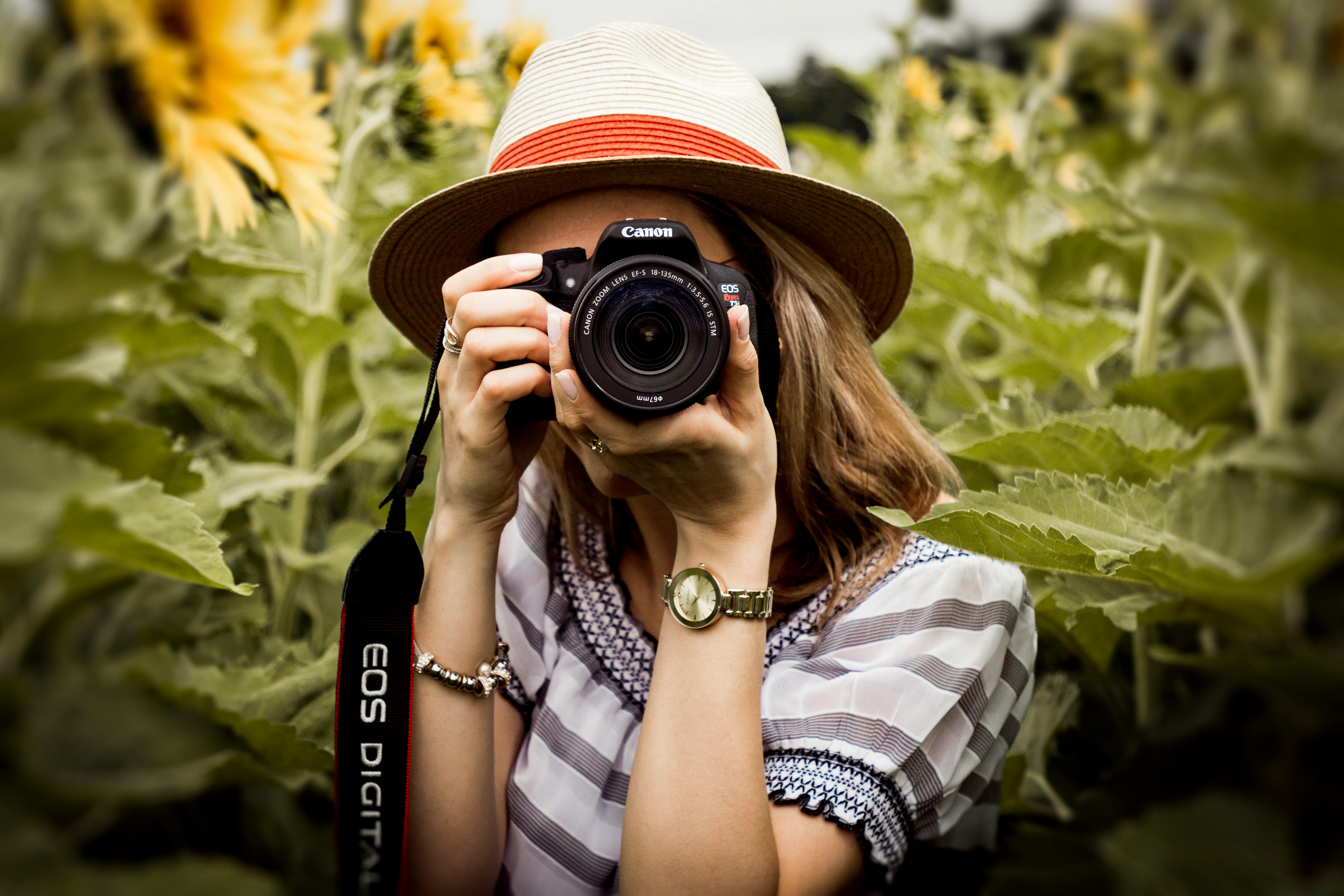Maxwell's Tartan Ribbon: Birth of Colour Photography

The Story
James Clerk Maxwell is famed for unifying electricity and magnetism, but he also demonstrated how to create color photographs. In 1855 he theorized that any color could be reproduced by combining red, green and blue light. To prove it, he enlisted photographer Thomas Sutton.
At a Royal Institution lecture in 1861, Sutton photographed a tartan ribbon three times using red, green and blue filters. When the three black-and-white images were projected through the same colored filters and superimposed, the audience saw a full-color image.
Guinness World Records notes that this is considered the first durable color photograph, produced on May 5, 1861 using Maxwell’s three-color method. Although the photographic plates were barely sensitive to red and green, the demonstration proved Maxwell’s theory and laid the foundation for modern color imaging.
Why It’s Interesting
The subject — a tartan ribbon — was chosen to test the method on a complex pattern and to reflect Maxwell’s Scottish heritage. The experiment introduced additive color mixing to photography decades before color film.
This breakthrough laid the foundation for all modern color photography, television, and digital displays. Every color screen you look at today uses Maxwell’s RGB principle.
It’s remarkable that the same scientist who gave us electromagnetic theory also invented color photography, showing how fundamental physics research can lead to practical innovations that transform daily life.